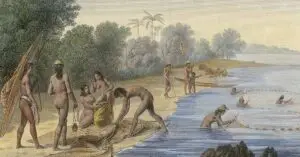
Ancient CHamoru Fishing Practices
Two sources of information reveal the fishing practices of the Ancient CHamoru people. The first source is the archeological evidence. This includes the actual remains

Two sources of information reveal the fishing practices of the Ancient CHamoru people. The first source is the archeological evidence. This includes the actual remains
Archeologists help us learn about ancient cultures by looking at the objects or materials, known as artifacts, that people left behind. The most abundant artifact
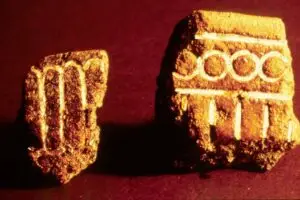
Of the different pottery forms produced in the Marianas, the lime-incised pottery from the early Pre-Latte era is of particular significance. Once referred to as
Archeological studies have revealed that during the Latte Period ancient CHamorus retrieved bones from deceased bodies after tissue had deteriorated, and used the bones for
Tarague is a geographic place name given to the northern littoral of the island of Guam, between Mergagan Point to the west and Tagua Point
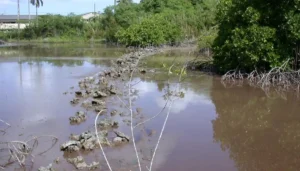
When French explorer Louis Claude de Freycinet visited Guam between March and June of 1819, he observed CHamorus capturing mañåhak or juvenile rabbitfish (Siganus spp.)
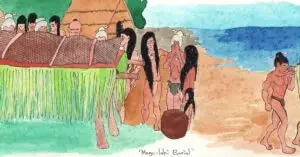
There is a dearth of written accounts of ancient CHamoru burial practices, but from the few historic descriptions available, the burial customs and rituals were
In the Mariana Islands, as well as other islands throughout the Pacific, rice is considered one of the most important food staples. Bags of rice
Archeologists learn about societies and cultures of the past by looking at the objects or artifacts that people left behind. Some of the most useful
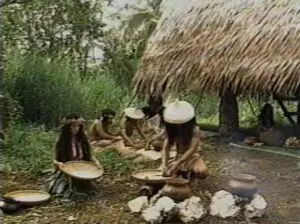
Cultural aspects of food. Humans require food in order to survive. People get their food from the natural environment through practices of food collection, farming,